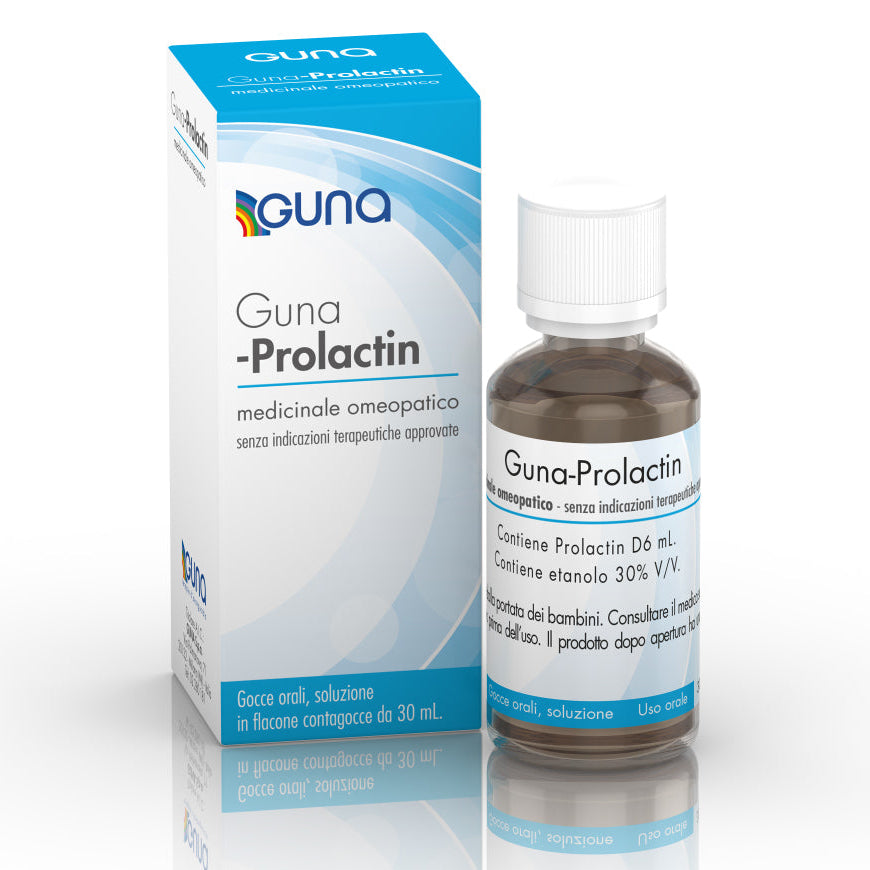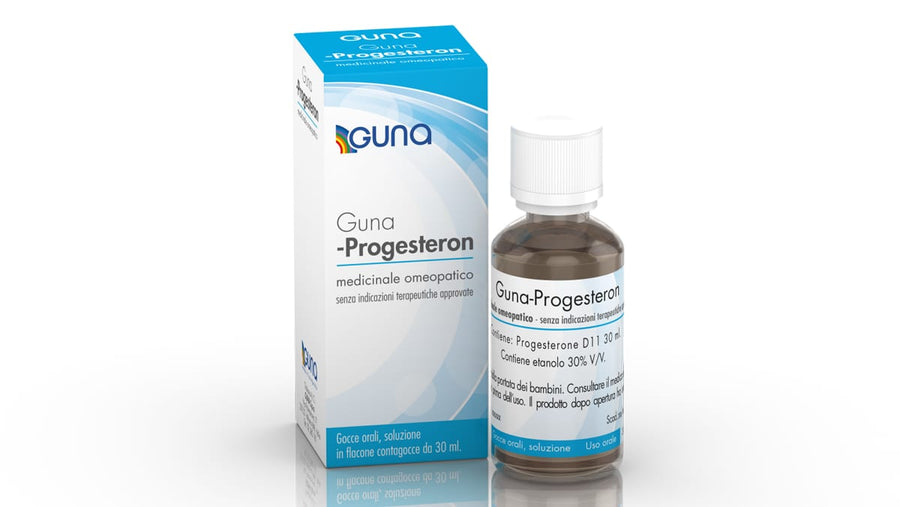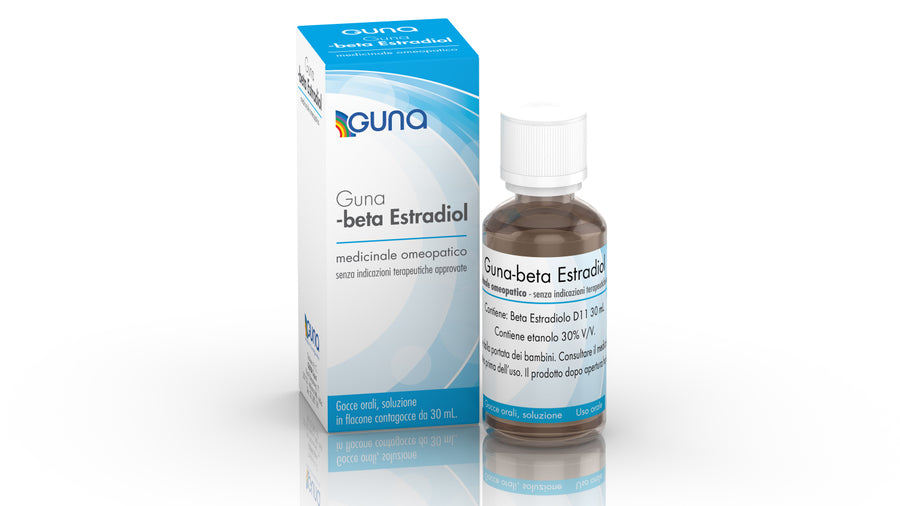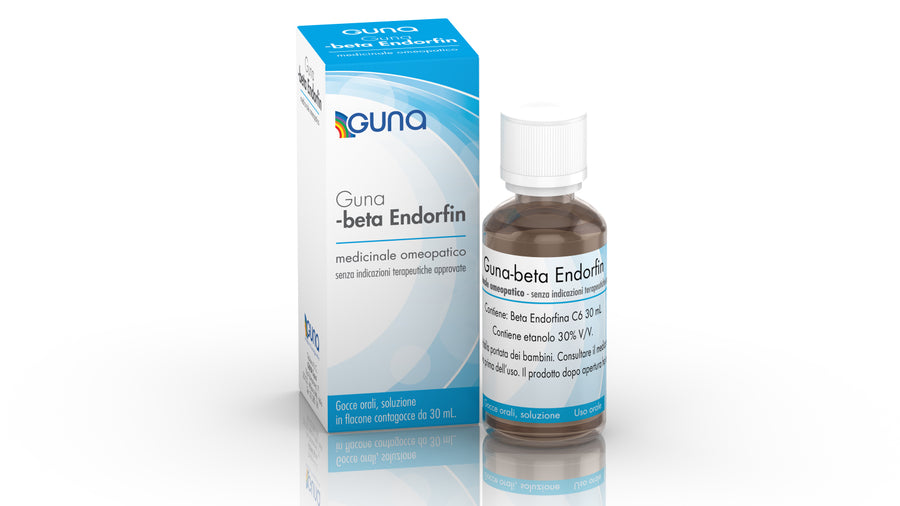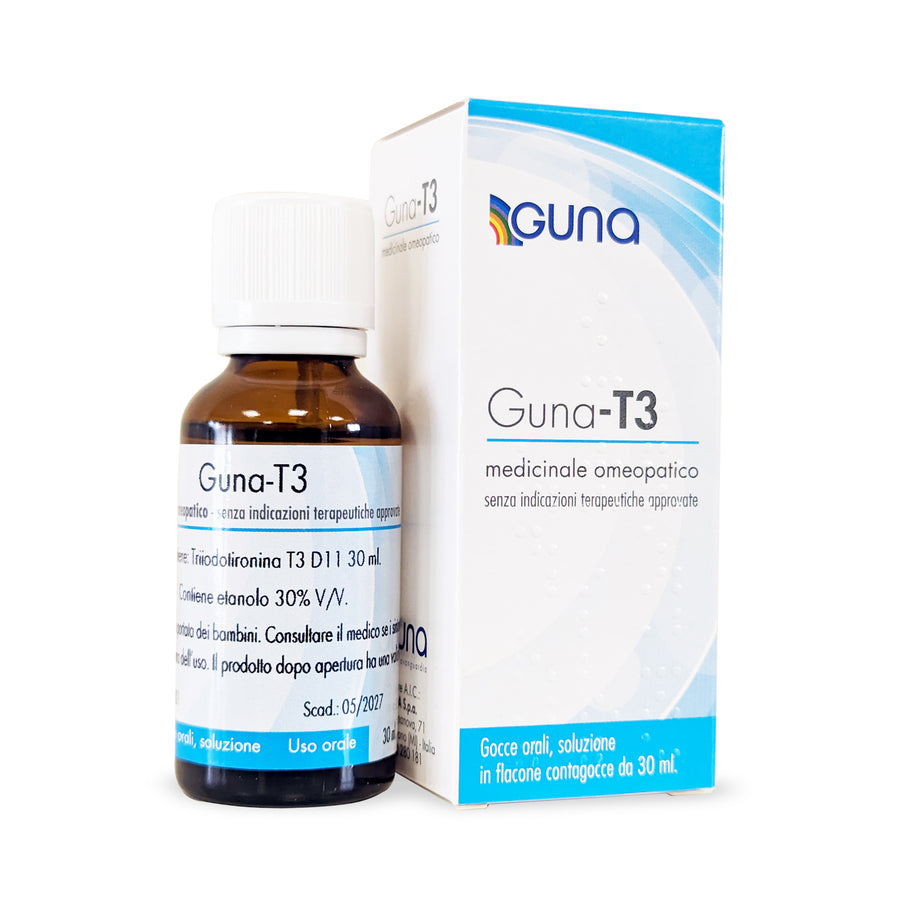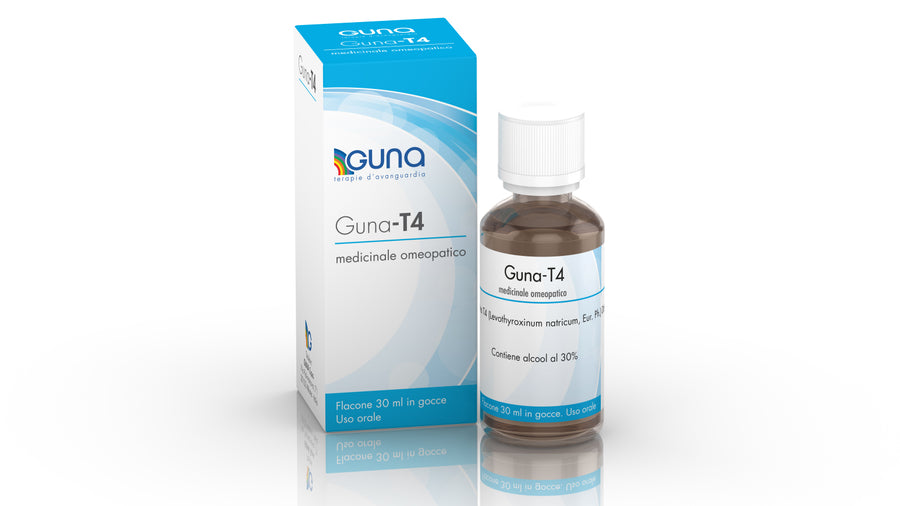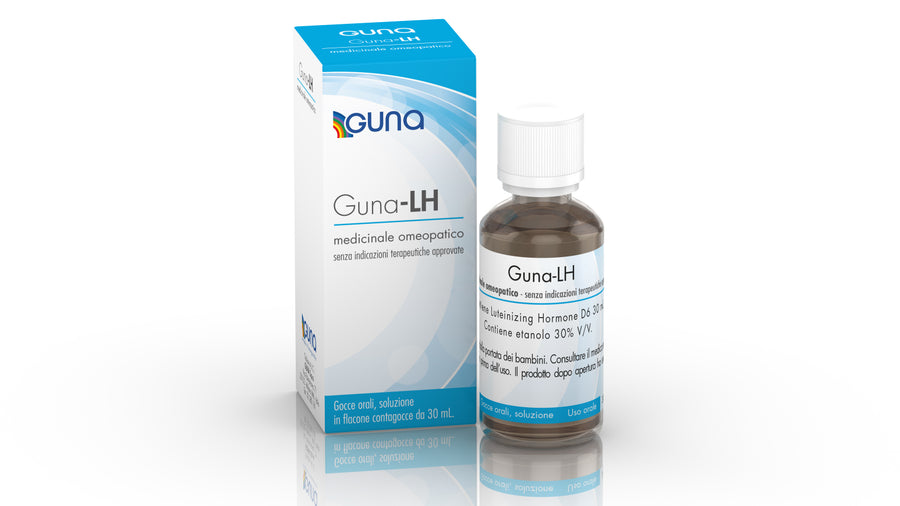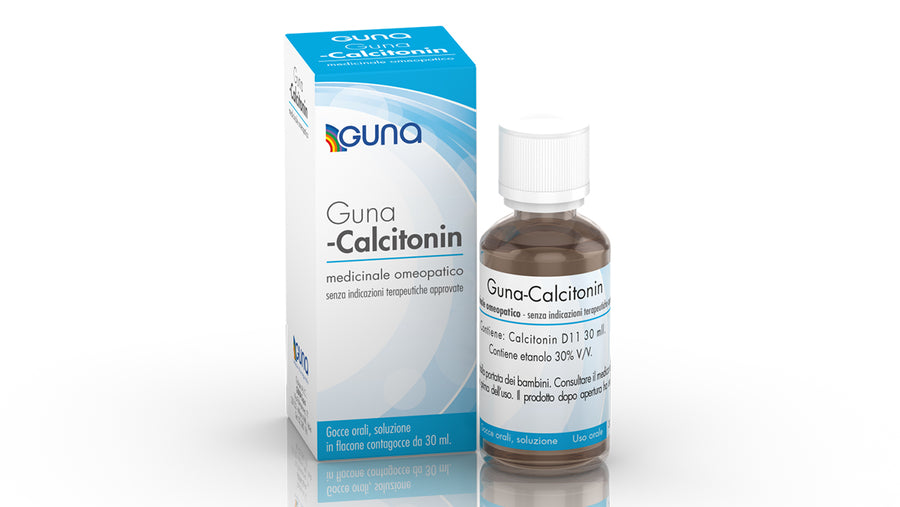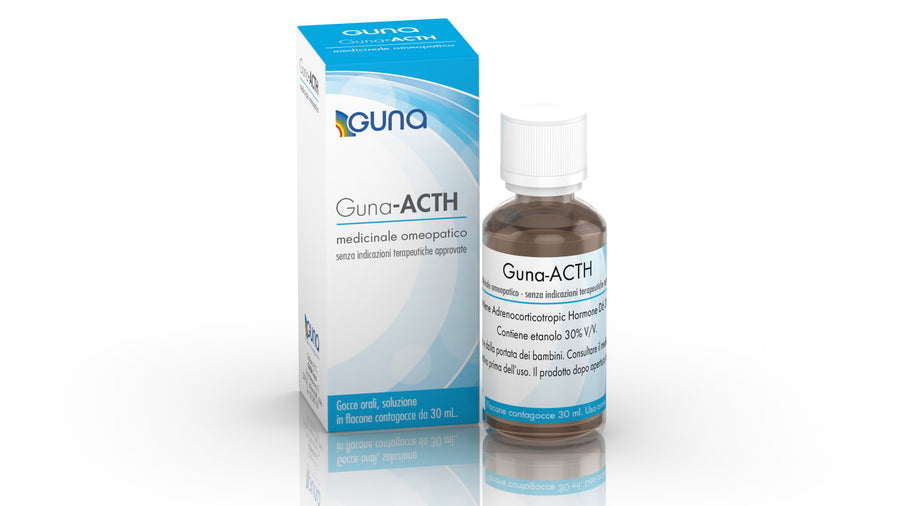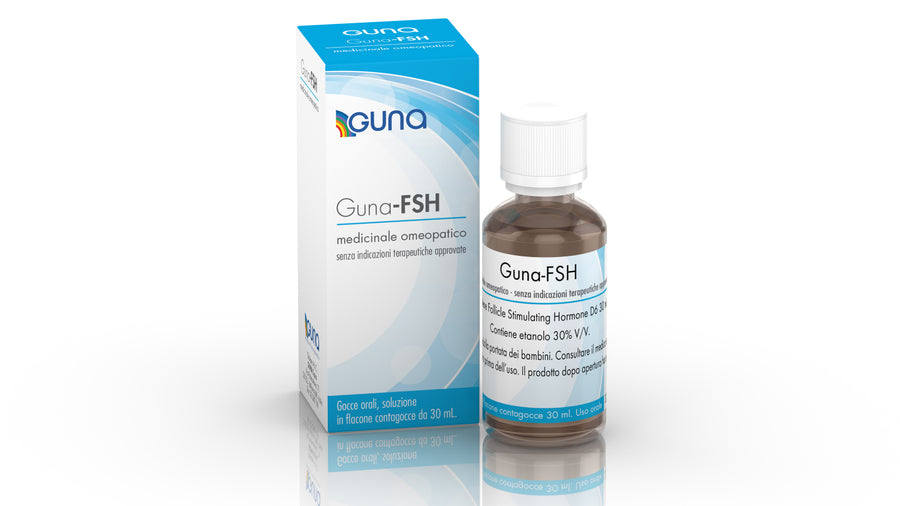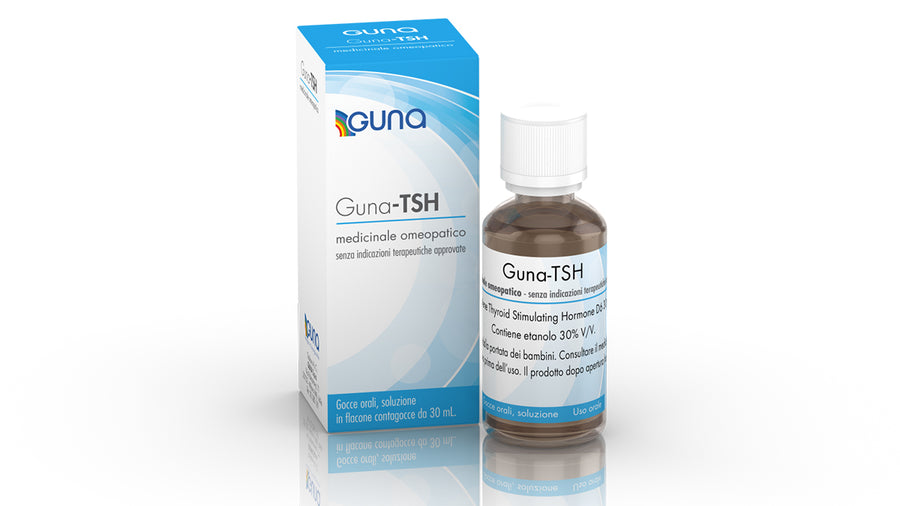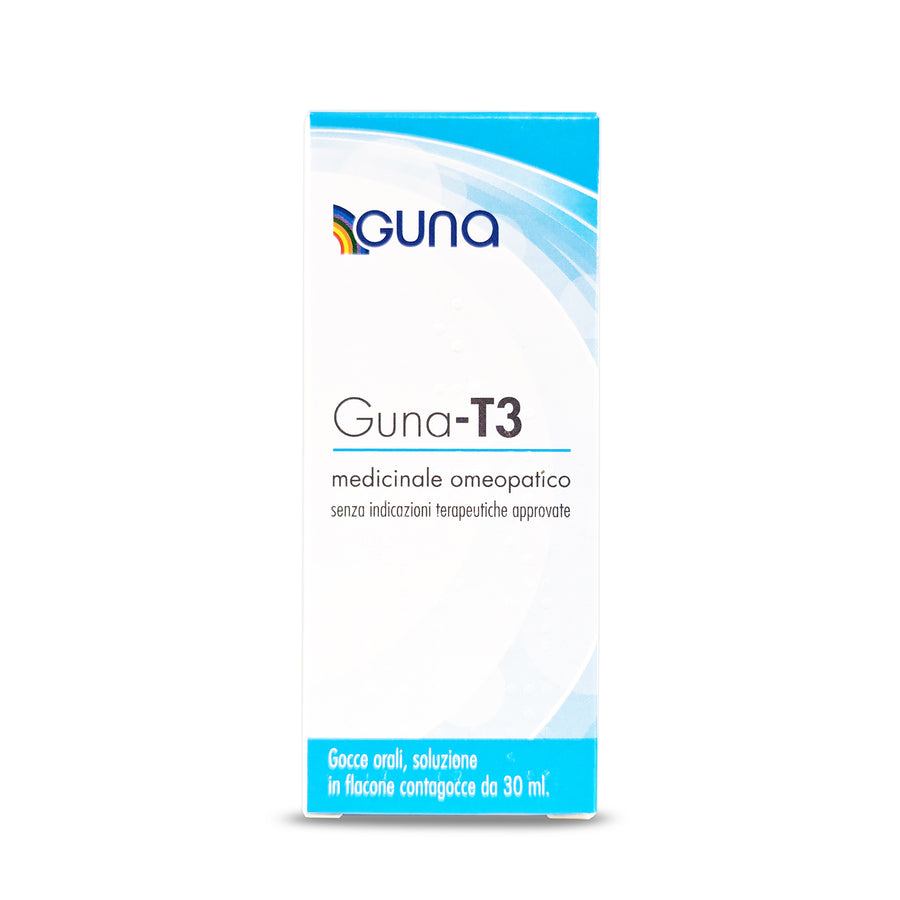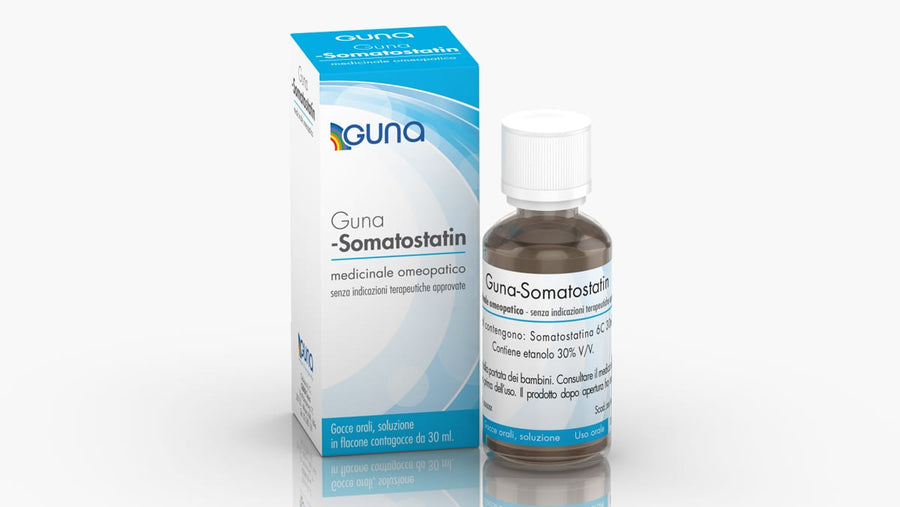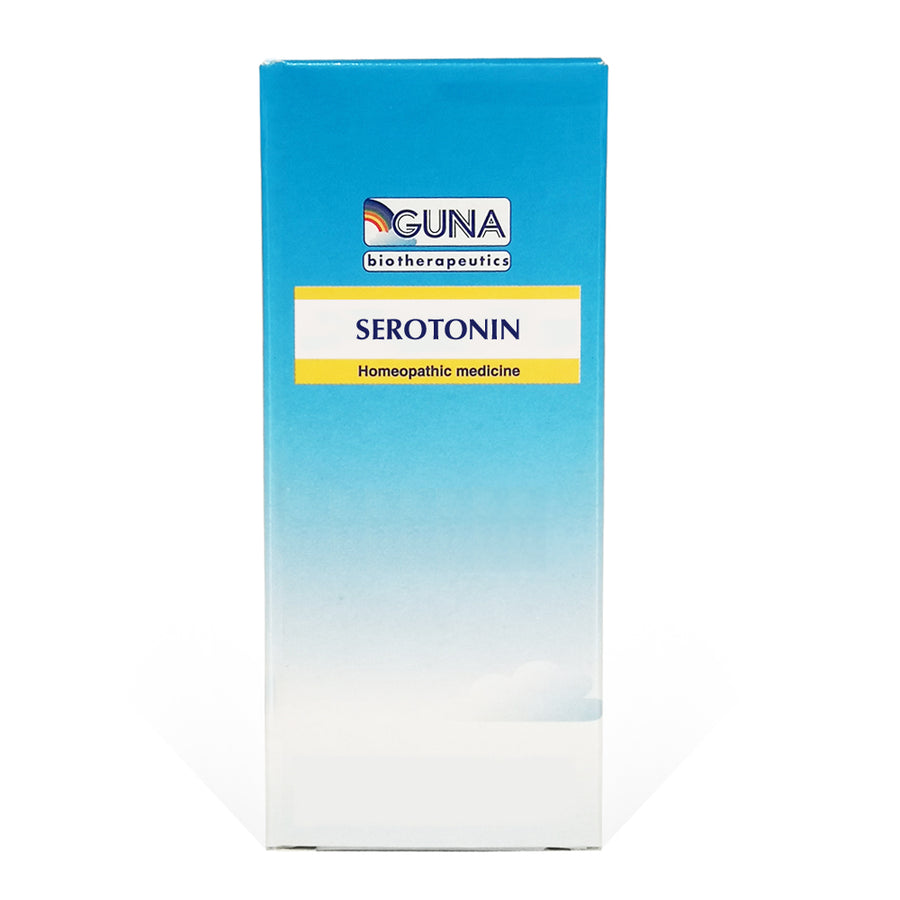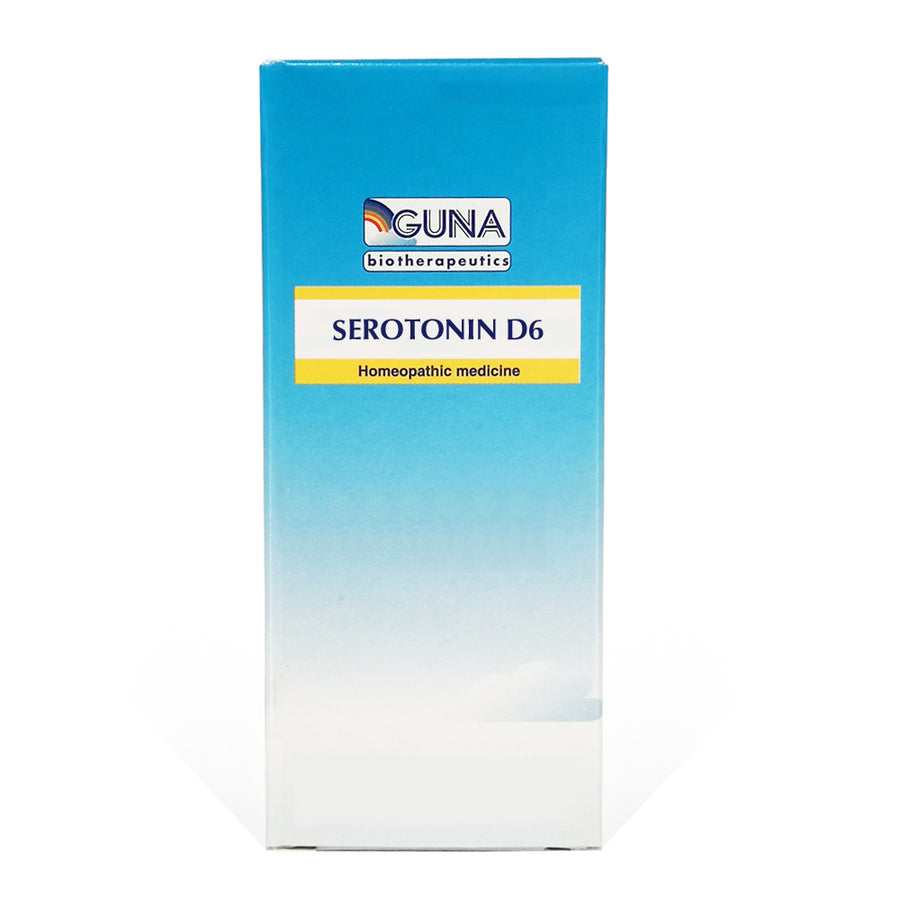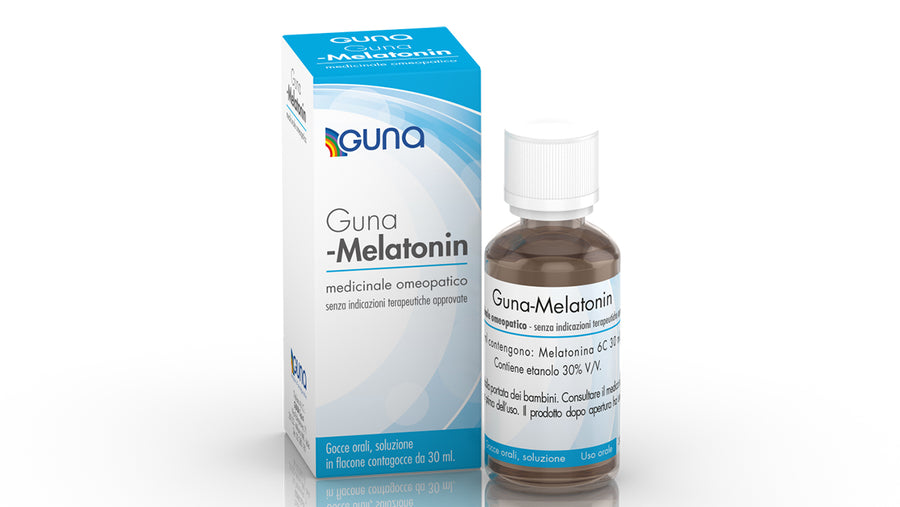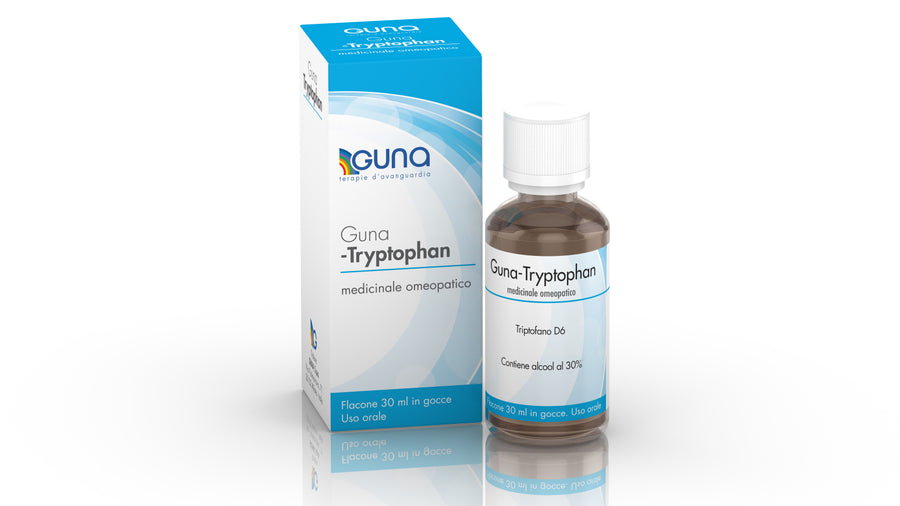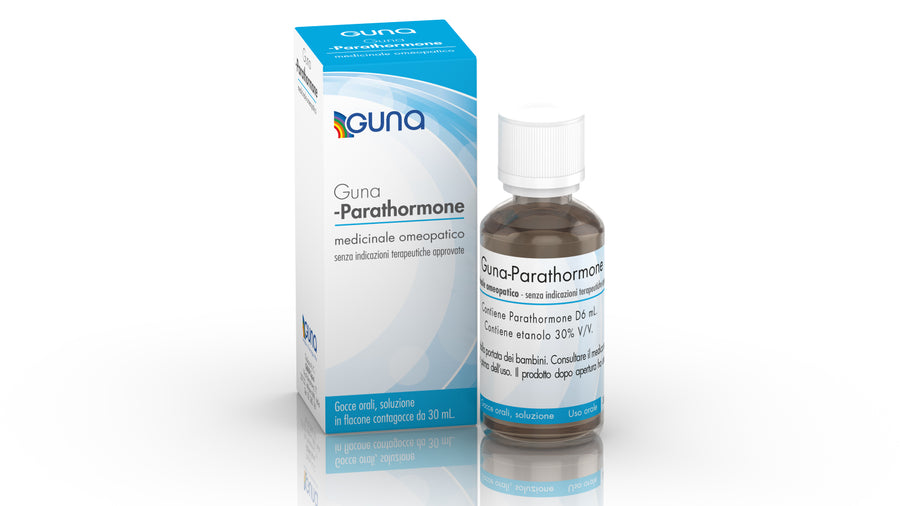
Low Dose Hormones and Neuropeptides
Hormones are present in the human body in very small amounts produced by endocrine glands. They exert their function as messengers transported by the blood to various target organs or tissues by regulating their physiological and metabolic activity. The endocrine network is regulated by a control system, which is performed through positive or negative feed-back mechanisms. A negative feed-back mechanism is especially exerted on hypothalamus and the pituitary gland by the hormones released by the target tissues.
The main characteristic of hormones, as already said, is that they are present in circulating fluids, and act in very small amounts; this concentration is sometimes expressed in picograms (a millionth of a milligram) per milliliter, i.e., a concentration that is very close to the products of this range. Through this physiological-like concentration of a low dose hormone, it is possible to restore the ability to naturally trigger an endocrine network in an unbalanced biological system.
Low dose hormones are not used as a supplementation of hormone deficiency, but rather in terms of thorough regulation. They act by providing information capable of activating self-regulation mechanisms. Low dose hormones compensate for imbalances caused by mild changes in physiological concentration of the corresponding hormone.
Low dose physiological hormones activated through the SKA (Sequential Kinetic Activation) method are packed in 30ml bottles in water-alcohol solution. The dose contained in these medicaments is expressed in picograms/ml, equal to the 4CH dilution for some of them (Guna-Beta Endorfin, Guna-Melatonin and Guna-Somatostatin) and nanograms, equal to the homeopathic D6 dilution for all the other products.
Clinical information
Low dose hormones must be prescribed on the basis of the physiopathological study of a certain hormone, and on a patient’s clinical history.
They stimulate stimulate the physiological function of the corresponding hormone. Vice versa, in order to curb the function of a certain hormone, it is necessary to administer the hormone that, according to physiological conditions, exerts a negative feedback action on the internal secretion of the same hormone. For instance, Guna-Progesteron D6 in cases of hyperestrogenism.
Therapeutic protocols
The treatment duration depends on a patient’s clinical history as well as on the severity of the disease. In chronic cases, one treatment usually lasts 2 months at least.
This treatment can be repeated, preferably after 15 days of discontinuation. In acute diseases, a treatment lasts until the remission of symptoms. Sometimes an attack treatment can be chosen with 10 drops every 20 minutes for 2 hours at the most.
Therapeutic strategy
The hormones and neuropeptides can be prescribed in two different ways:
According to an etiological decision making:
- if the pathological condition is the result of a down-regulation (deficit) of a certain hormone or neuropeptide, the same hormone will be used;
- if the pathological condition is the result of an upregulation (surplus) of a certain hormone, the so called “counterregulatory hormone” will be used, according to a physiological negative feedback.
According to a symptomatic decision making process:
- a certain hormone is prescribed on the basis of the patient’s symptoms.


